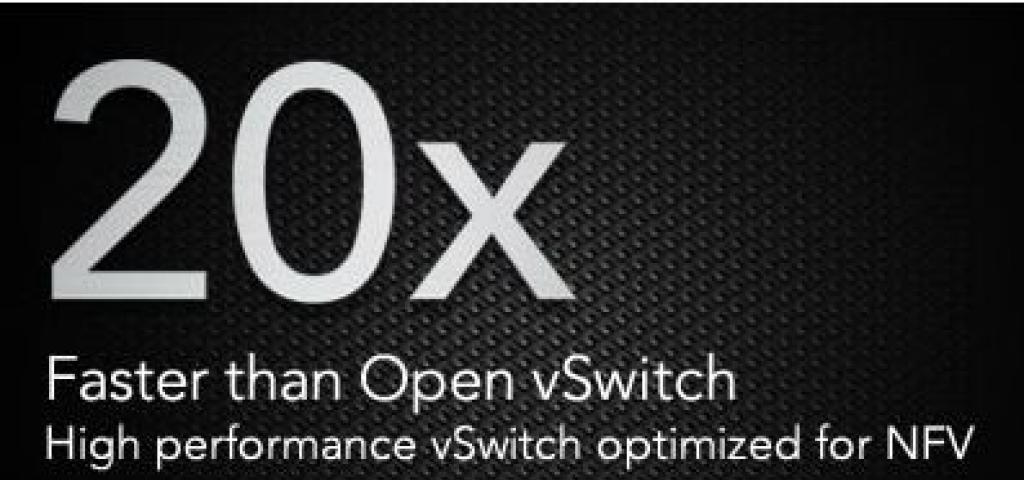
vSwitch Economics 101

As I sit here at my desk, preparing for NFV #6, I’m delighted by the outstanding feedback coming in from our recent Accelerated vSwitch development. I am both proud of and excited for our talented engineering team which crafted this marvel. They’ve been able to achieve best in class performance, and do it with impressive style. The supporting numbers are in the announcement, but when you stop and think about the facts and figures, what do they really mean?
I like simple examples, so here’s one that works for me: our vSwitch is able to achieve a given performance level with 33% fewer resources than the nearest competition. So let’s say you had a compute server with 32 cores. If a typical virtual switch needed 6 cores to hit a specific performance target, our accelerated vSwitch can do it with only 4. That’s a savings of 2 cores. So what? Let’s say a small NFVI PoP (NFV Infrastructure Point of Presence) had 50 of these compute servers in operation. By deploying the Wind River accelerated vSwitch solution (part of Wind River Carrier Grade Communications Server), our customers would use 100 less cores for vswitching than a competing technology! At 32 cores per server, that’s more than three full extra servers worth of hosting capacity. Pure savings aside, those extra servers could be running valuable, revenue generating VNFs (virtualized network functions). That’s good economics.
So, what do our numbers mean? They mean business!

